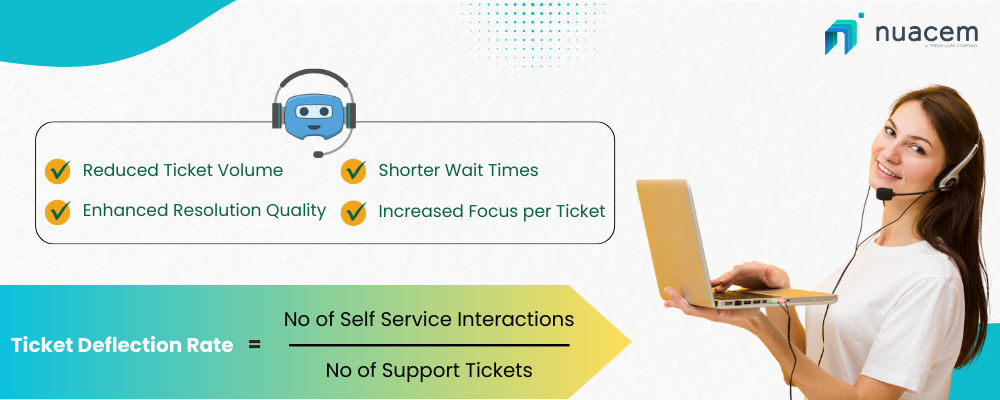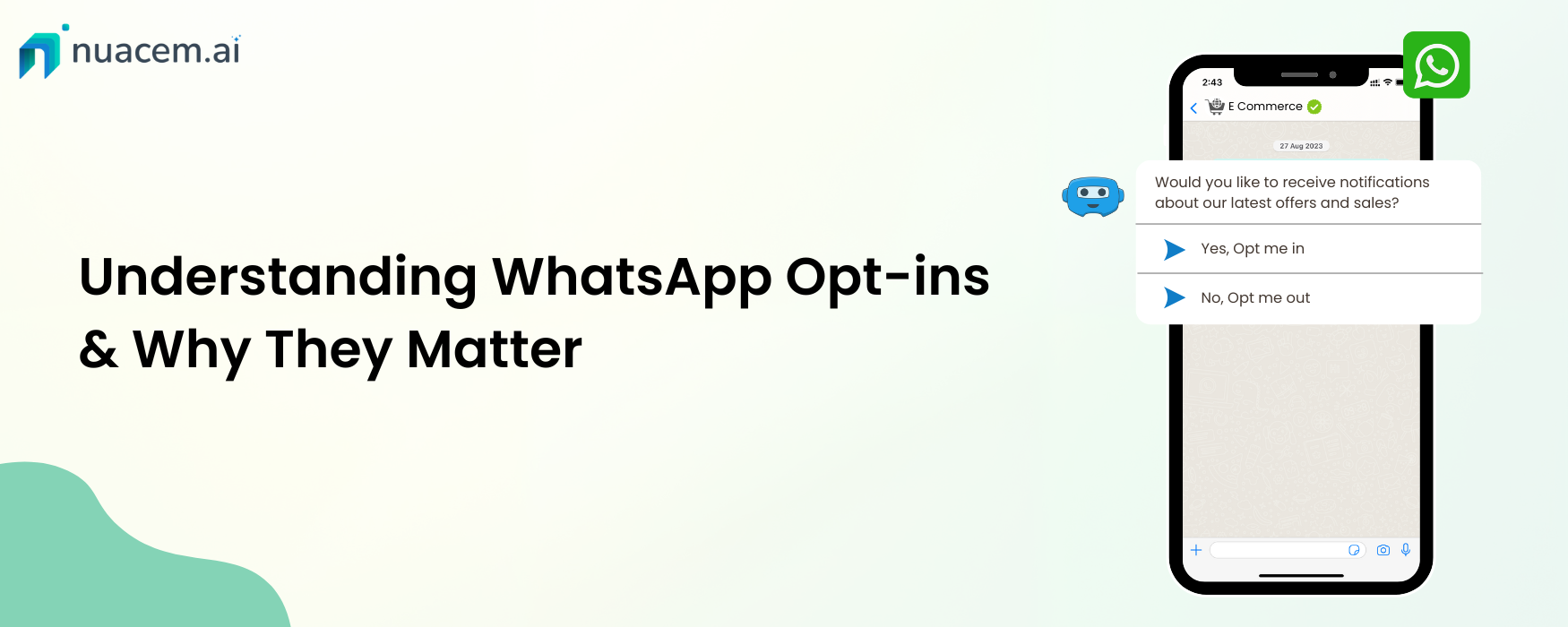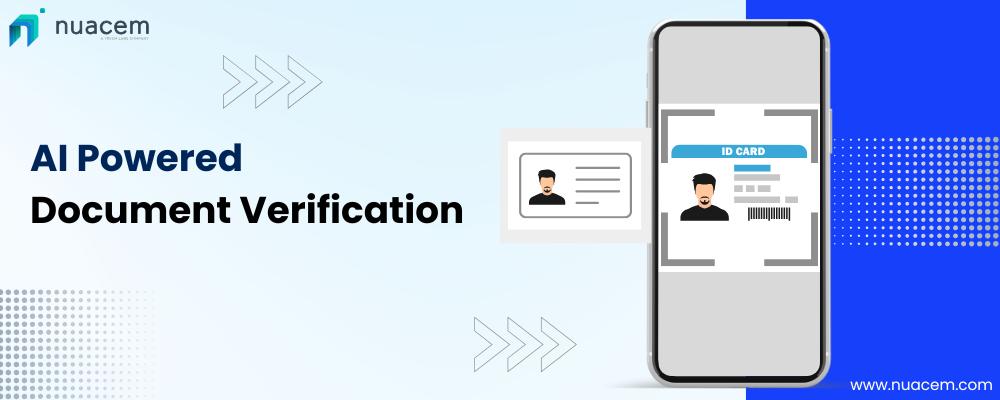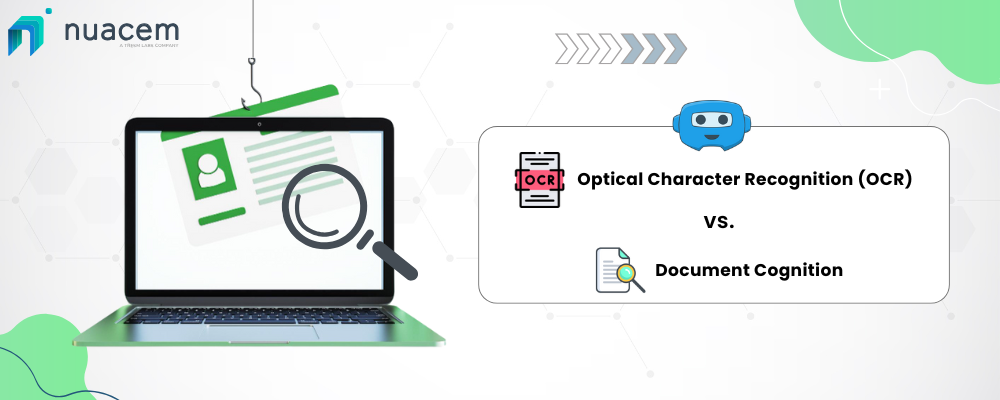Introduction
Customer support teams are constantly overwhelmed with a growing number of support requests. As businesses seek to streamline their processes, they face the challenge of reducing help desk tickets and providing efficient solutions. According to predictions, 57% of customer experience leaders anticipate a 20% rise in support calls over the next few years. This makes it crucial for companies to rethink their customer service strategies.
Forward-thinking organizations are considering self-service options and exploring AI-powered tools to lighten the load. One of the most effective approaches to tackle this issue is through ticket deflection.
This guide outlines the benefits of ticket deflection, how AI innovations enhance your results, top strategies for success, and how to measure the impact of ticket deflection.
What is Ticket Deflection?
Ticket deflection (or case deflection) reduces customer support inquiries by empowering customers to solve their issues independently through self-service channels. The primary goal is to provide users access to relevant content to help them resolve issues without contacting the support team.
On average, the case deflection rate in the technology industry is around 23%, meaning that 23% of users find the information they need through self-service rather than contacting support. Let’s break down how ticket deflection works to boost this average and help customers find the correct information faster.
How Ticket Deflection Works?
Ticket deflection utilizes self-service resources like customer portals, knowledge bases, FAQ pages, community forums, and AI chatbots. By centralizing resources for troubleshooting, answering questions, and learning about a product, companies can minimize frustration and reduce the need for live support.
Moreover, help desk systems can leverage proactive content recommendations by suggesting solutions to users as they fill out a support ticket. Users can resolve their issues without submitting a ticket if they find the recommended content helpful.
A customer portal and advanced AI technologies are essential for ticket deflection to be truly effective.
Building a Strong Ticket Deflection System
Implement a Customer Portal:
A customer portal is a secure digital hub where users can access all relevant content in one place, making it a core component of effective self-service. Portals allow users to search for documentation, follow product updates, engage with knowledge articles, submit support requests, and more. By offering a self-service center, portals significantly reduce the number of support tickets.
Integrate AI into Self-Service Tools:
AI, especially Generative AI (GenAI), has revolutionized how users interact with content and support resources. GenAI automates responses to user inquiries and provides personalized, context-driven solutions. Here are some ways AI can improve ticket deflection:
- Personalized Recommendations: By analyzing user behavior and search patterns, machine learning algorithms provide customized content suggestions, offering solutions tailored to users’ needs.
- Content Gaps: AI tools track standard search terms that yield no results. These insights help content teams fill those gaps with relevant materials, reducing ticket needs.
- Chatbots & Conversational AI: AI chatbots offer real-time, accurate responses, making customers feel as if they are communicating with human agents. Retrieval Augmented Generation (RAG) ensures chatbots provide reliable, product-specific answers, improving ticket deflection rates.
Benefits of Ticket Deflection:
Ticket deflection brings a host of advantages to businesses:
- Cost Reduction: As more tickets are deflected, support agents can focus on more complex issues. This leads to significant cost savings, mainly as self-service options can be accessed anytime, reducing the need for after-hours support.
- Enhanced Customer Experience: Customers want quick solutions. Businesses can improve customer satisfaction by providing relevant content through chatbots and self-service tools.
- Scalability: Self-service tools can operate 24/7, offering multilingual support to a global customer base without putting extra strain on support teams.
Common Challenges in Ticket Deflection
While ticket deflection is highly beneficial, several challenges may arise during implementation:
- Lack of Expertise: Some products may require specialized knowledge to resolve issues, leading to human intervention.
- Self-Service Tools: The quality of self-service tools affects ticket deflection success. Poorly integrated or low-quality tools may frustrate customers.
- Outdated Knowledge Base: Ensure your knowledge base stays current with product updates to avoid ineffective self-service.
- Customer Feedback: Collect feedback on self-service tools and content to improve your ticket deflection strategies continuously.
Seven Tips for an Effective Ticket Deflection Strategy
- Centralize Knowledge: Consolidate all product information, including manuals, support articles, and API documents, into a single source of truth that users can easily access.
- Implement a Strong Search Engine: Use a centralized search index to ensure consistent, accurate results across all customer touchpoints.
- Personalize the Experience: Leverage user profiles to deliver tailored content recommendations based on user roles and access levels.
- Offer Multilingual Support: Provide self-service tools in multiple languages to improve accessibility and enhance the user experience.
- Integrate AI: Use AI-driven tools like chatbots and content generation to improve user interactions and streamline ticket deflection.
- Develop a User-Friendly Design: Ensure your self-service tools are intuitive and easy to use.
- Leverage Customer Feedback: Use feedback to optimize your content and improve ticket deflection rates continuously.
Measuring the Success of Ticket Deflection:
Tracking and measuring ticket deflection performance is critical to refining your strategy. To calculate the ticket deflection rate, divide the number of self-service interactions by the total number of submitted help desk tickets.
To measure cost savings, calculate the number of deflected tickets and multiply this by the average cost of a support ticket.
How Nuacem AI Can Help?
Nuacem AI offers cutting-edge solutions that leverage advanced conversational AI to transform customer support operations. Our AI-powered platforms are designed to help enterprises enhance ticket deflection, streamline support processes, and improve overall customer experience. With powerful automation and personalization features, Nuacem AI’s tools empower businesses to deliver 24/7, seamless, and efficient customer service across channels.
Conclusion:
Adopting AI-driven solutions is the key to success for enterprises looking to revolutionize their customer support and reduce ticket volumes. With Nuacem AI, you can take customer service to the next level, reducing costs, improving satisfaction, and building stronger customer relationships. Ready to explore how AI can transform your business? Contact us today to learn more!






